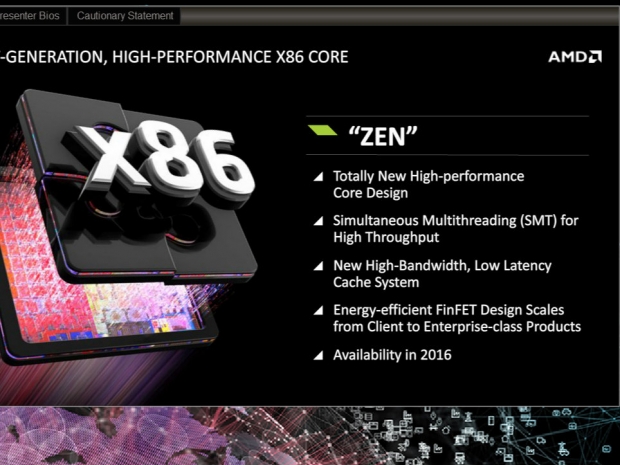Snowy Owl has 16 cores and 32 threads, all based on 14nm FinFET Zen transistors. The processor supports up to 32MB of shared L3 cache. We also mentioned a processor cluster codenamed Zeppelin. This seems to be the key to the Zen architecture as more Zeppelin clusters are creating more core Opterons.
Each Zeppelin has eight Zen cores and each Zen core has 512KB dedicated L2 cache memory. Four Zen cores share 8MB of L3 memory making the total L3 cache size 16MB. Zeppelin (ZP) comes with PCIe Gen 3, SATA 3, 10GbE, sever controller Hub, AMD secure processor as well as the DDR4 Memory controller. AMD is using a super-fast coherent interconnect to create more than one Zeppelin core.
One Zeppelin cluster would make an 8 core, 16 thread CPU with 4MB L2 and 16MB L3 cache and in our case product codenamed Snowy owl has 16 cores, 32 threads 8MB of L2 (512KB x 16) and 32MB L3 (4x8MB).
The Snowy Owl with 16 cores uses a SP4 Multi Chip Module (MCM) BGA socket, while the Naples uses MCM based SP3. These two are not pin compatible but 16 and 8 core Zen based Opterons will fit in the same socket.
Snowy Owl has four independent memory channels and up to 64 lanes of PCIe Gen3. When it comes to storage, it supports up to 16 SATA or NVME storage channels and 8x10GbE for some super-fast networking solutions.
As you see, there will be plenty of Zen based Opteron possibilities and most of them will start showing up by mid-2017. The TDP Range for Snowy Owl is sub 100W and capable of sinking the TDP down to 35W. Yes, we do mean that there may well be a quad core Zen Opteron too.




